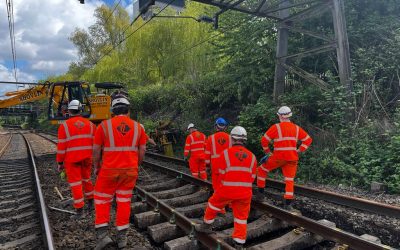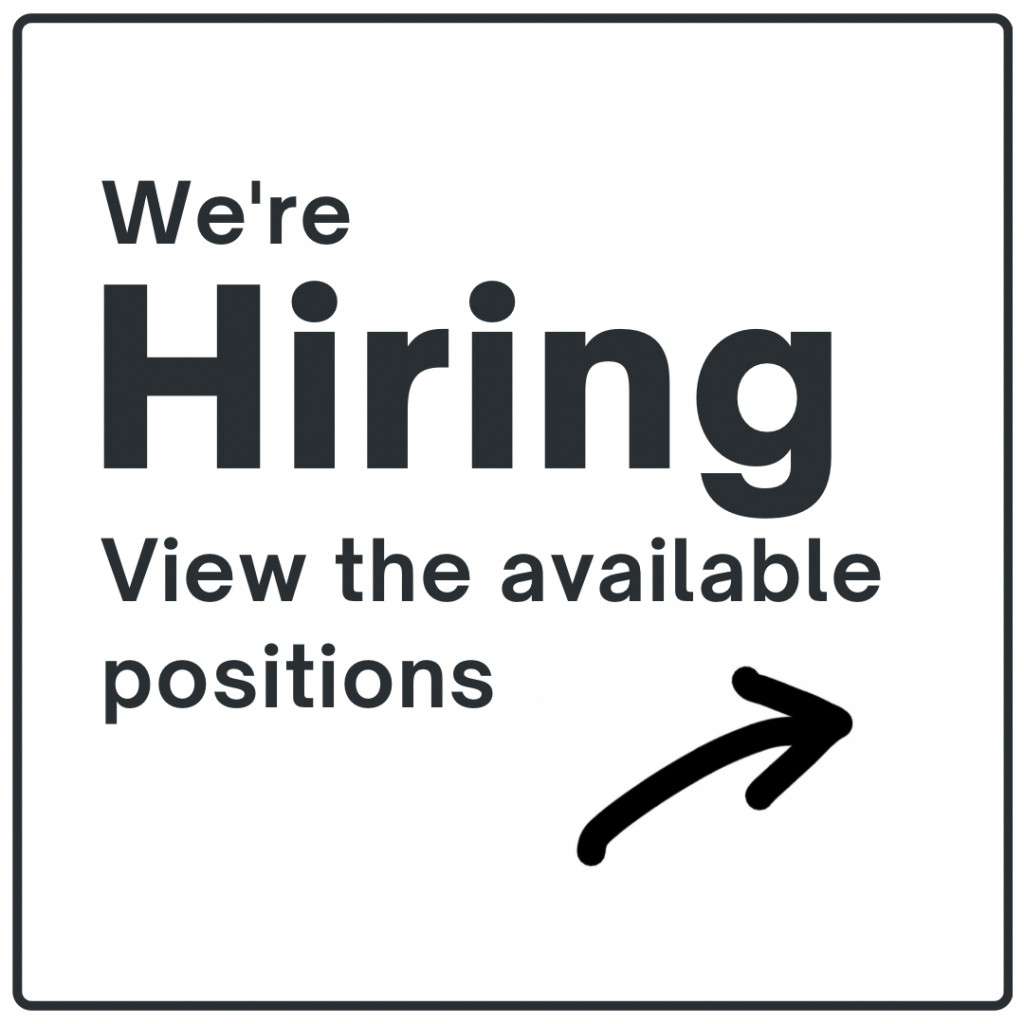A Beginner’s Guide to Railway Safety Standards and Protocols
The railway industry, with its vast network of tracks, trains, and stations, is a marvel of modern engineering and transportation.
Ensuring the safe and efficient operation of this intricate system requires adherence to a set of stringent safety standards and protocols.
For those new to the world of railways or looking to understand its safety mechanisms, this guide provides an introduction to the essential railway safety standards and protocols.
The Foundation of Railway Safety
Safety in the railway industry is not just about preventing accidents; it’s about creating an environment where risks are minimized, and everyone— from passengers to railway workers—feels secure.
This foundation is built on a combination of international standards, national regulations, and industry best practices.
Key Railway Safety Standards:
Track Standards: These standards pertain to the design, construction, maintenance, and inspection of railway tracks.
They ensure that tracks are built to withstand the weight and speed of trains, remain stable under various weather conditions, and are regularly inspected for wear and tear.
Signaling Standards: Signaling systems control train movements, ensuring that trains can operate safely without colliding with each other.
Standards here dictate how signals should be placed, the technology used, and the protocols for train drivers to follow.
Rolling Stock Standards: This relates to the trains themselves—everything from the design and maintenance of train cars to the safety features installed in them, such as automatic brakes and fire suppression systems.
Operational Standards: These standards cover the day-to-day operations of the railway, including train scheduling, speed limits, and protocols for handling emergencies.
Worker Safety Standards: Specific standards are in place to ensure the safety of railway workers, whether they’re working on tracks, in stations, or onboard trains.
Essential Protocols Every Beginner Should Know:
Platform Safety: Always stand behind the yellow line on platforms, wait for passengers to disembark before boarding, and mind the gap between the train and the platform.
Crossing Protocols: Only cross railway tracks at designated crossings, obey all signage and signals, and never try to beat an approaching train.
Onboard Safety: While on a train, hold onto rails or seats when moving, be aware of emergency exits, and follow the instructions of railway staff during emergencies.
Worker Protocols: For those working in the railway industry, always wear the appropriate safety gear, be aware of your surroundings, and follow established safety procedures at all times.
The Role of Technology in Enhancing Safety:
Modern railways employ a range of technologies to enhance safety. Automatic Train Control (ATC) systems regulate train speeds and movements, ensuring safe distances between trains.
Advanced signaling systems use real-time data to control train traffic, while predictive maintenance tools use sensors to detect potential track or train issues before they become critical.
Conclusion:
Railway safety is a shared responsibility. While the industry implements standards and protocols to ensure safe operations, passengers and the public play a crucial role by following safety guidelines and being aware of their surroundings.
As the railway industry continues to evolve, the commitment to safety remains unwavering, ensuring that railways remain one of the safest modes of transportation for all.
If you are interested in working on the railway, take the first step by choosing Training Lives for your Safety training




